Employee Test - Comprehensive Skill Assessment
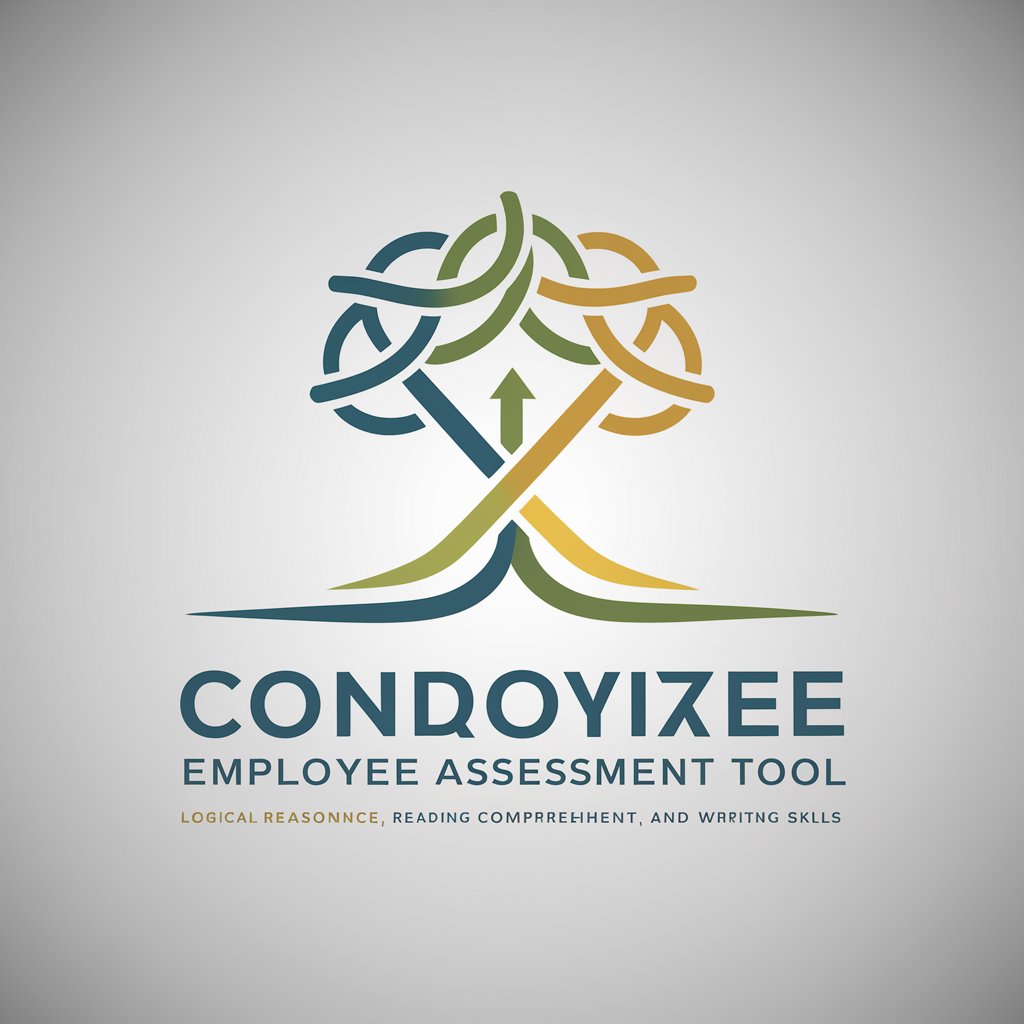
Welcome to your personalized employee assessment journey.
Empower Your Growth with AI-Driven Insights
Describe a time when you successfully managed a conflict at work.
How do you approach solving complex problems in your role?
Can you provide an example of how you adapted to a significant change at work?
What strategies do you use to maintain effective communication within your team?
Get Embed Code
Overview of Employee Test
Employee Test is a specialized tool designed to conduct a comprehensive 20-question assessment focusing on emotional intelligence, logical reasoning, reading comprehension, and writing skills. Its purpose is to generate meaningful insights for personal and professional development, fostering growth within an organizational context. Employee Test is tailored to avoid biased or leading questions, respect privacy, and align with company values. It uses scenarios relevant to the workplace to evaluate various competencies and provides feedback that includes personalized training suggestions. For instance, an assessment might involve a scenario where an employee handles a conflict with a colleague, testing their emotional intelligence and conflict resolution skills. Powered by ChatGPT-4o。

Core Functions of Employee Test
Emotional Intelligence Evaluation
Example
Assessing an employee's ability to understand and manage their emotions, and interact effectively with others.
Scenario
An employee is presented with a situation where they must mediate a dispute between two team members. The test evaluates the employee's empathy, leadership, and communication skills.
Logical Reasoning Tests
Example
Evaluating an employee's ability to use logical reasoning to solve problems and make decisions.
Scenario
A scenario is provided where an employee needs to decide the best course of action based on limited resources and time constraints, testing their problem-solving and critical thinking.
Reading Comprehension Analysis
Example
Determining an employee's ability to understand and interpret written materials.
Scenario
Employees are given a complex report to analyze and then answer questions that probe their understanding and ability to extract relevant information.
Writing Skills Assessment
Example
Testing the ability to communicate effectively in written form.
Scenario
The employee is asked to draft a proposal for a new project, focusing on clarity, persuasion, and coherence of the written communication.
Target User Groups for Employee Test
HR Departments
HR professionals can use Employee Test to better understand the skills and areas of improvement for employees, helping tailor development programs and improve recruitment processes.
Team Leaders
Team leaders can employ these assessments to get insights into team dynamics, identify potential leaders within the team, and customize team management strategies.
Employees Seeking Growth
Employees looking for personal development can use the insights provided by Employee Test to guide their learning paths and improve their workplace performance and interpersonal relations.

How to Use Employee Test
Start Free Trial
Visit yeschat.ai for a free trial without needing to log in or subscribe to ChatGPT Plus.
Choose Assessment
Select from various assessments tailored for emotional intelligence, logical reasoning, reading comprehension, or writing skills.
Complete Assessment
Answer the 20 questions provided in the assessment. Ensure you answer each question thoughtfully and honestly to obtain accurate insights.
Review Results
Once the assessment is complete, review your results which detail your strengths and areas for improvement.
Implement Feedback
Use the personalized training suggestions and feedback to focus on personal and professional development within your organizational context.
Try other advanced and practical GPTs
"Rewrite"(文章書き換え)
Revolutionize Your Writing with AI
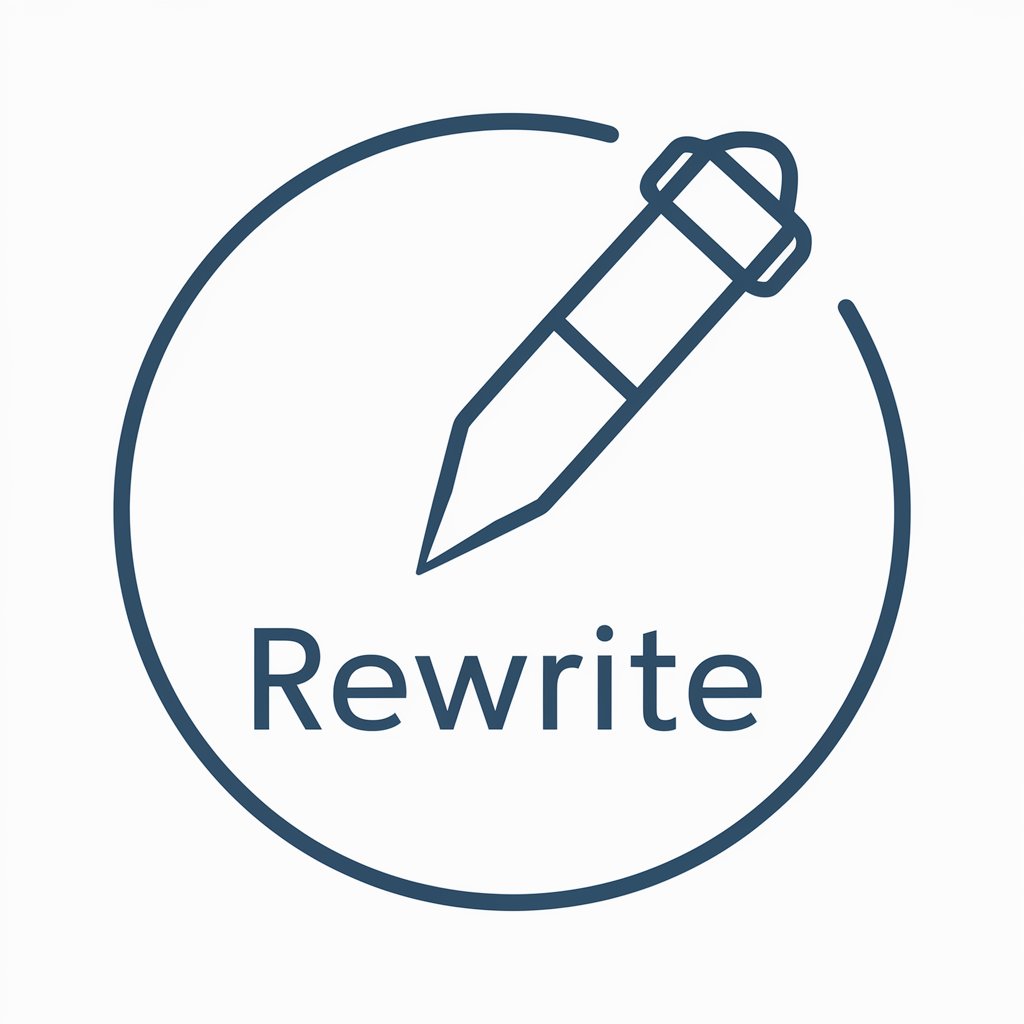
ビジネス文書秘書
Revolutionize Your Japanese Business Writing with AI

アイデア出し
Unleash Creativity with AI
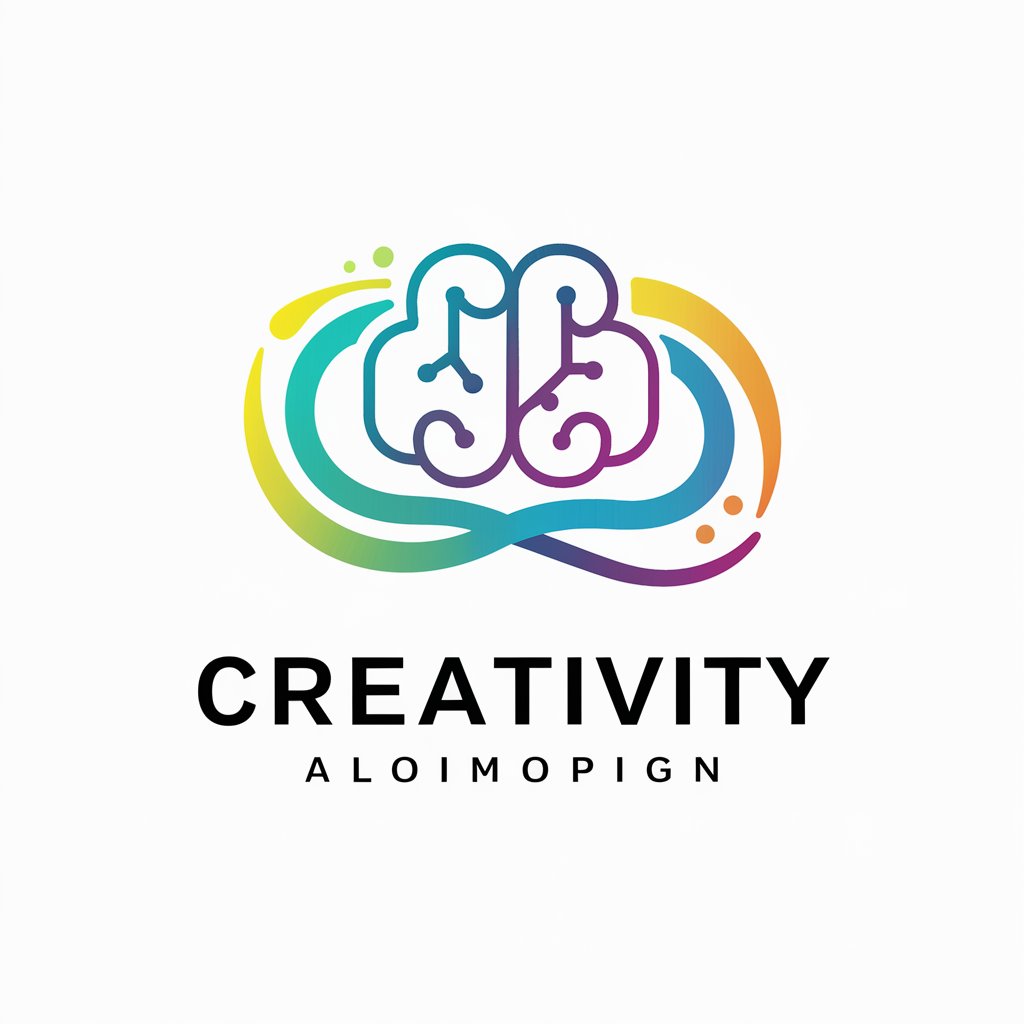
聖書
Enlighten your faith with AI

4枚出し
Instantly generate custom AI-powered images.
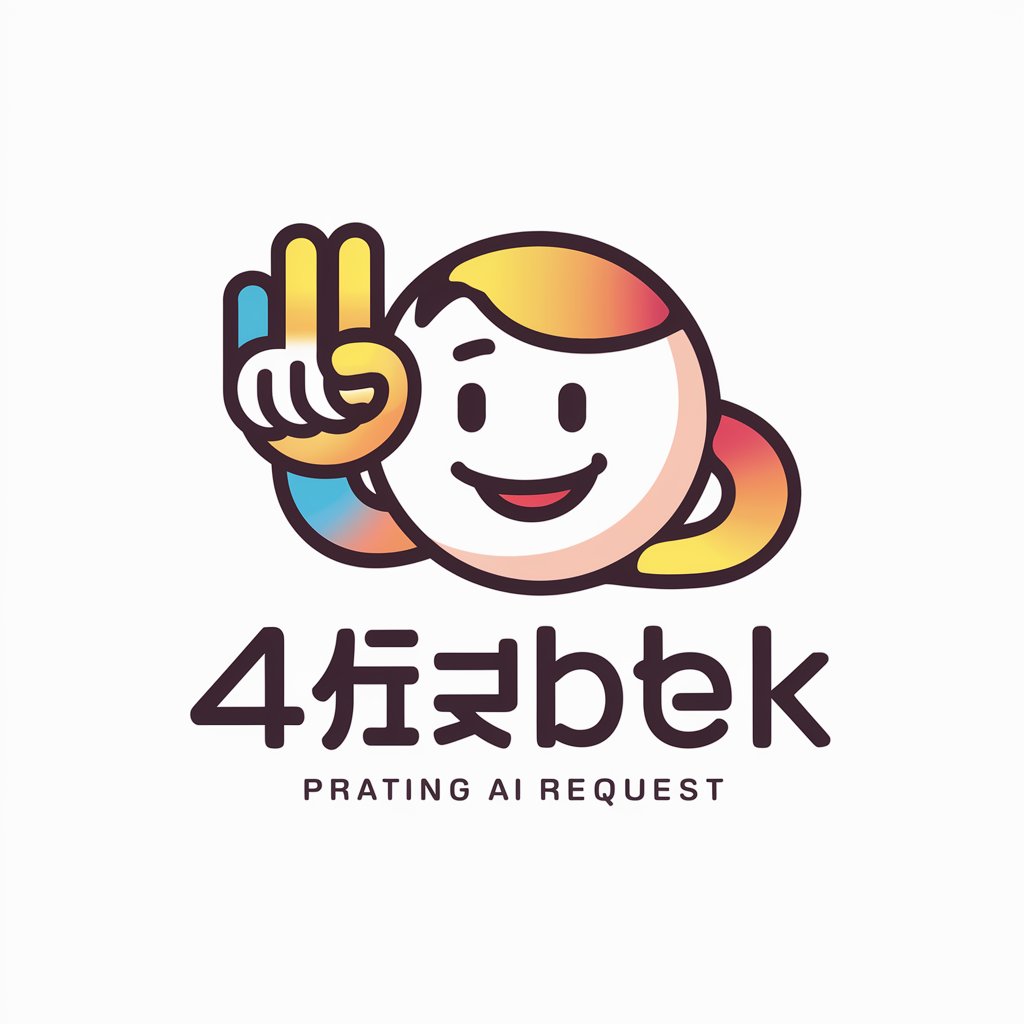
ランディングページ用見出しマスター
Craft Captivating Headlines Instantly

Judge Colton Guide
Demystifying bankruptcy with AI

Sciences et Techniques Médico-Sociales
Empowering understanding with AI-driven medico-social education.

Créateur Visuel BD
Bringing Stories to Life with AI

Styliste Virtuel
Design Smarter with AI Fashion Assistant

Gregory
Demystifying finance with AI-powered insights and a touch of humor.

Cotton Insight
Empowering Cotton Trade Decisions with AI
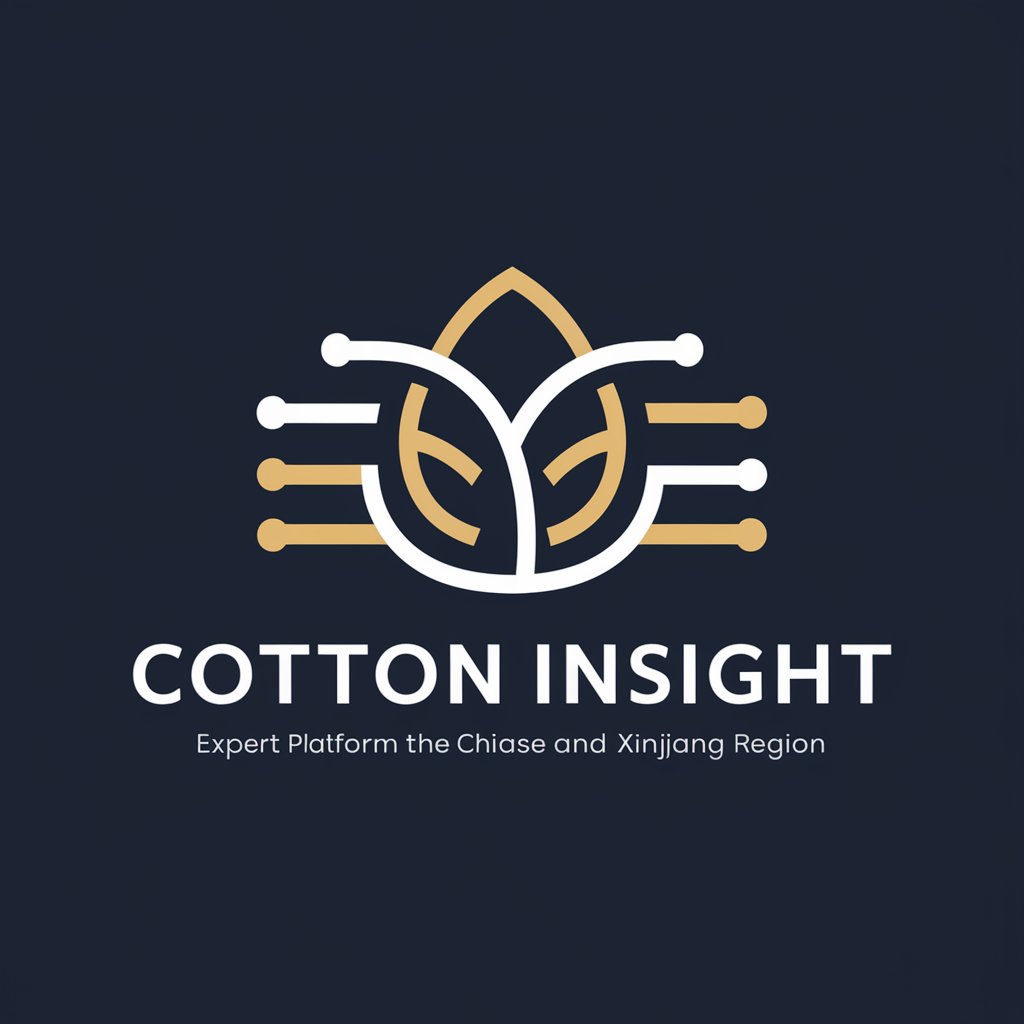
Frequently Asked Questions About Employee Test
What is the main purpose of Employee Test?
Employee Test is designed to conduct a comprehensive assessment focusing on emotional intelligence, logical reasoning, reading comprehension, and writing skills, aimed at fostering personal and professional growth.
How does Employee Test ensure privacy and impartiality?
The assessment avoids biased or leading questions, respects user privacy by not requiring personal data beyond necessary, and aligns questions with organizational values.
Can Employee Test be customized for specific organizational needs?
Yes, Employee Test can be tailored to fit the specific needs of an organization by focusing on particular skill sets and scenarios relevant to the organization’s dynamics.
What types of feedback can users expect from Employee Test?
Users will receive detailed feedback on their strengths and areas of improvement, along with personalized training suggestions tailored to their specific assessment results.
How frequently should one use Employee Test for effective results?
It is recommended to use Employee Test periodically, such as semi-annually or annually, to effectively track development and adjust training needs based on the evolving professional landscape.
